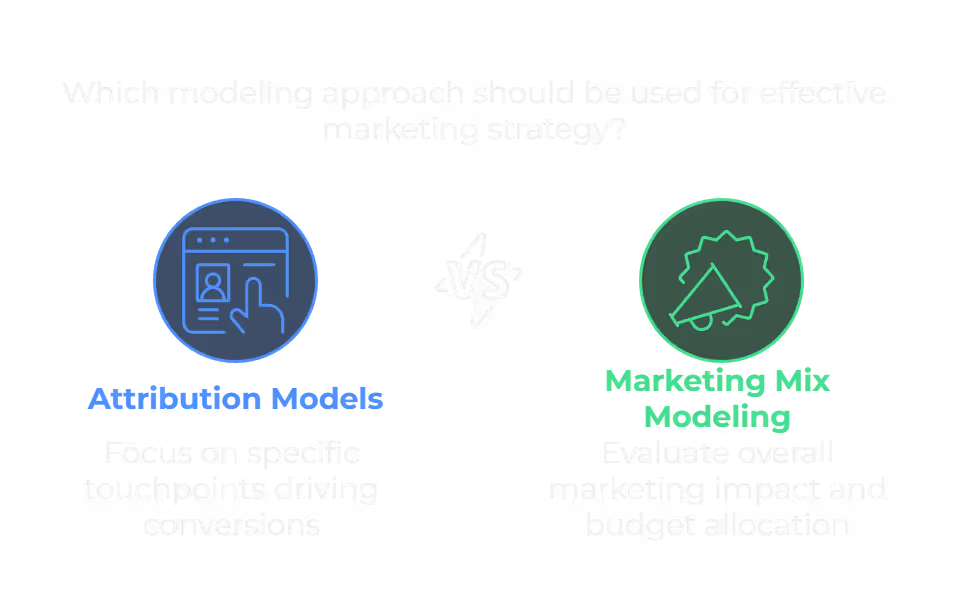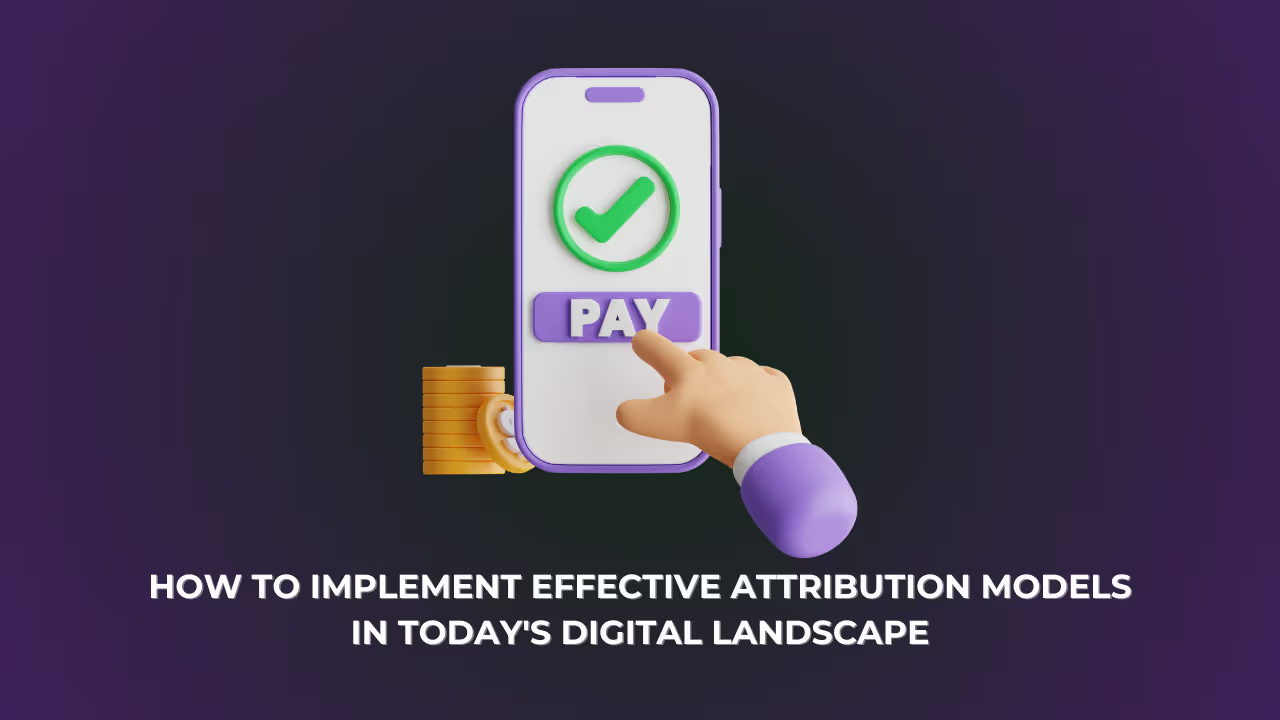Attribution modeling can feel like solving a puzzle in the ever-evolving digital marketing world. How do you know which channels are driving real results? What role does each touchpoint play in your conversion funnel? If these questions keep you up at night, you’re not alone. By the end of this article, you’ll have a clear roadmap for implementing effective attribution models that truly reflect the impact of your marketing efforts—and a powerful tool to streamline the process: Morpheus by Dataslayer.
What Is Attribution Modeling, and Why Does It Matter?
Attribution modeling assigns credit to the marketing channels and touchpoints that contribute to a conversion. In a world where customers interact with brands across various platforms—from social media ads to email campaigns to search—understanding the effectiveness of each channel is essential.
Effective attribution helps marketers:
- Identify the best-performing channels.
- Allocate budgets more efficiently.
- Optimize campaigns to maximize ROI.
But there’s a catch: the traditional "last-click" model no longer suffices in today’s complex customer journeys. That’s why adopting modern, multi-touch attribution models is crucial.
Common Attribution Models Explained
Before diving into implementation, let’s briefly explore the most common attribution models:
Last-Click Attribution
Assigns 100% of the credit to the last touchpoint before conversion. While simple, this model often overlooks earlier interactions that might have had a significant impact.
First-Click Attribution
Gives full credit to the first touchpoint. This model is useful for understanding initial engagement but ignores the subsequent steps in the customer journey.
Linear Attribution
Distributes credit equally across all touchpoints. While fair, this approach doesn’t consider that some touchpoints may have a stronger influence on conversions than others.
Time-Decay Attribution
Weights credit more heavily toward touchpoints closer to the conversion. This model is particularly useful for shorter sales cycles where recent interactions are more influential.
Data-Driven Attribution
Uses machine learning to analyze the actual contribution of each channel. This is a highly accurate and dynamic model, but it requires robust data and advanced analytics tools.

Step-by-Step Guide to Implementing Attribution Models
Step 1: Define Your Goals
Start by clarifying what you want to achieve with attribution modeling. Are you aiming to:
- Understand customer behavior?
- Improve budget allocation?
- Optimize specific campaigns?
Defining clear goals will guide your choice of attribution model and metrics.
Step 2: Map Out Your Customer Journey
Track how users interact with your brand, from the first touchpoint to conversion. This could include:
- Social media clicks
- Website visits
- Email opens
- Paid search ads
Tools like Morpheus by Dataslayer can help you consolidate data from various platforms into a single, unified view, making it easier to analyze touchpoints and their impact.
Step 3: Select the Right Attribution Model
Choose a model that aligns with your goals and customer journey:
- Use first-click attribution for brand awareness campaigns.
- Opt for time-decay attribution if conversions occur quickly.
- Leverage data-driven attribution for more complex customer journeys with multiple touchpoints.
Step 4: Set Up Analytics and Tracking
Accurate tracking is the backbone of effective attribution. Ensure that:
- Your website has Google Analytics 4 (GA4) or a similar tool installed.
- UTM parameters are applied to all campaigns.
- Pixels and event tracking are configured properly on ads and landing pages.
Tools like Morpheus simplify this process by automating the collection and reporting of data from multiple platforms.
Step 5: Analyze and Adjust
Once your model is in place, regularly analyze the results. Look for trends and anomalies:
- Are some channels performing better than expected?
- Is one touchpoint consistently underperforming?
Use these insights to refine your campaigns and budget allocations.
How Morpheus by Dataslayer Can Help
Morpheus is a Marketing Mix Modeling (MMM) tool that helps you evaluate the impact of all your marketing efforts across multiple channels and optimize your budget allocation accordingly. Here’s how it can enhance your attribution strategy:
- Centralized Data: Morpheus consolidates data from multiple platforms, such as Google Ads, Facebook, and more, into a single dashboard, giving you a complete view of your marketing performance.
- Customizable Reports: Generate detailed, tailored reports to reflect the effectiveness of each marketing channel, helping you make data-driven decisions.
- Time Savings: Morpheus automates the extraction and reporting of data, freeing up your time to focus on strategic decisions rather than manual tasks.
While Attribution Models provide insight into which touchpoints are driving conversions, Marketing Mix Modeling (MMM) takes a broader view. MMM helps evaluate the total impact of various marketing efforts on overall business outcomes, factoring in not just digital channels but also offline and traditional marketing activities. Morpheus uses MMM to help you allocate your marketing budget effectively, ensuring that your resources are invested in the channels that deliver the highest return.

Challenges in Attribution Modeling (and How to Overcome Them)
1. Data Silos
When data is spread across separate platforms, it’s challenging to gain a holistic view.
Solution: Use tools like Morpheus to integrate and visualize data from all your marketing channels in one place.
2. Limited Visibility
Offline interactions or untracked social media activity can complicate attribution.
Solution: Incorporate CRM data, surveys, or offline insights to fill in any gaps.
3. Over-Reliance on One Model
No single model is perfect, and different models can provide different perspectives.
Solución: Experimente con varios modelos de atribución y compare los resultados para obtener una comprensión más completa.
Prepare su estrategia de atribución para el futuro
A medida que el panorama digital evoluciona con las nuevas tecnologías y normativas de privacidad, tu estrategia de atribución debe adaptarse. Estas son algunas maneras de mantenerse a la vanguardia:
- Invierte en herramientas como Morfeo que están diseñados para evolucionar con los cambios en el seguimiento de datos.
- Explore las soluciones de atribución impulsadas por la IA para obtener información más detallada y predicciones más precisas.
- Mantente informado sobre las tendencias del sector y las mejores prácticas para garantizar que tus modelos de atribución sigan siendo relevantes.
Conclusiones clave
La implementación de un modelo de atribución efectivo es esencial para los especialistas en marketing modernos. Al comprender el verdadero impacto de cada punto de contacto, puedes:
- Tome decisiones más inteligentes.
- Optimiza tus campañas.
- Maximice su ROI de marketing.
Si estás listo para llevar tu estrategia de atribución al siguiente nivel, Morpheus de Dataslayer es la herramienta que necesitas. Sus potentes funciones de modelado de combinaciones de marketing le ayudarán a optimizar el análisis de datos, tomar decisiones presupuestarias fundamentadas y obtener mejores resultados.







